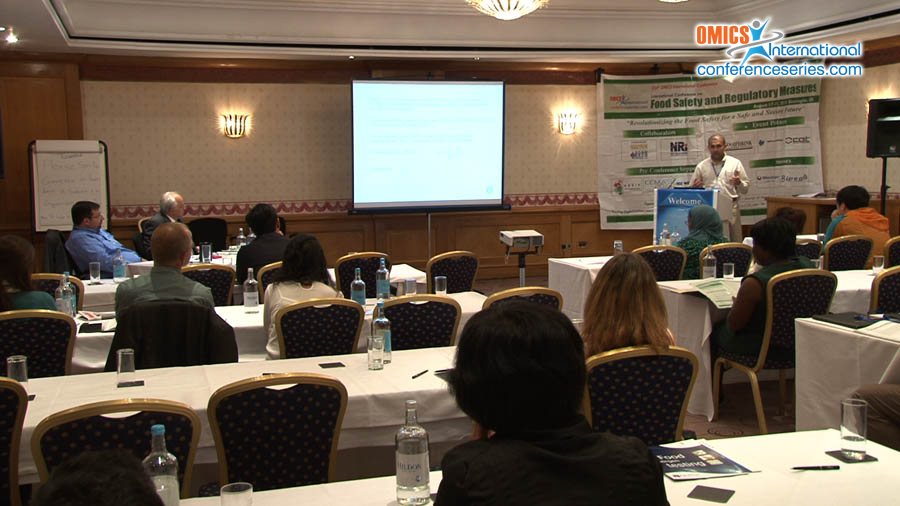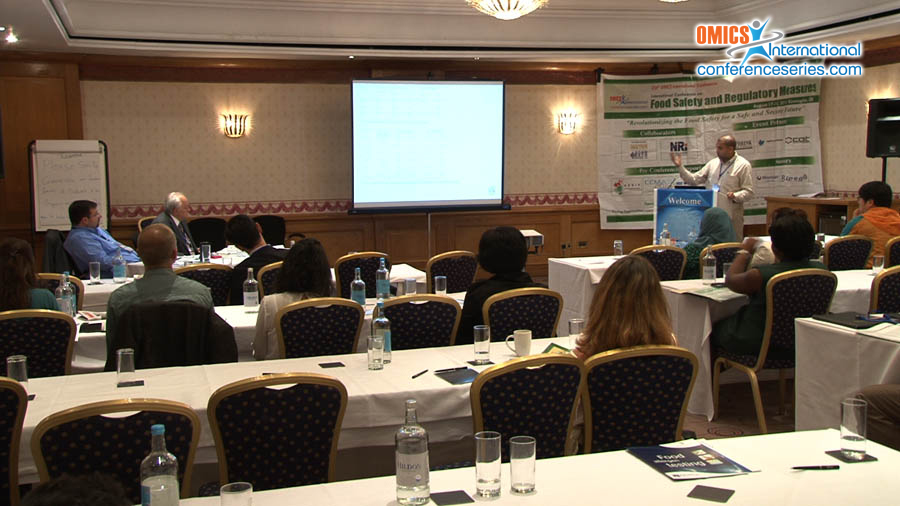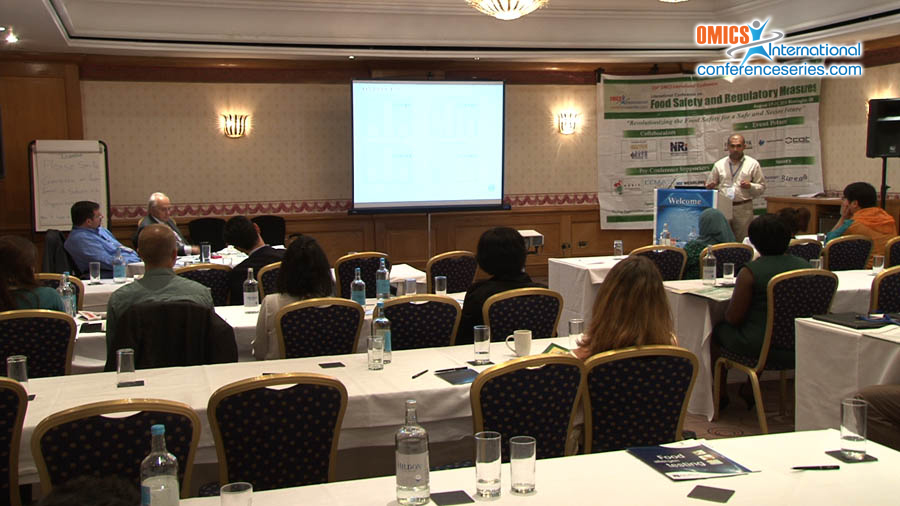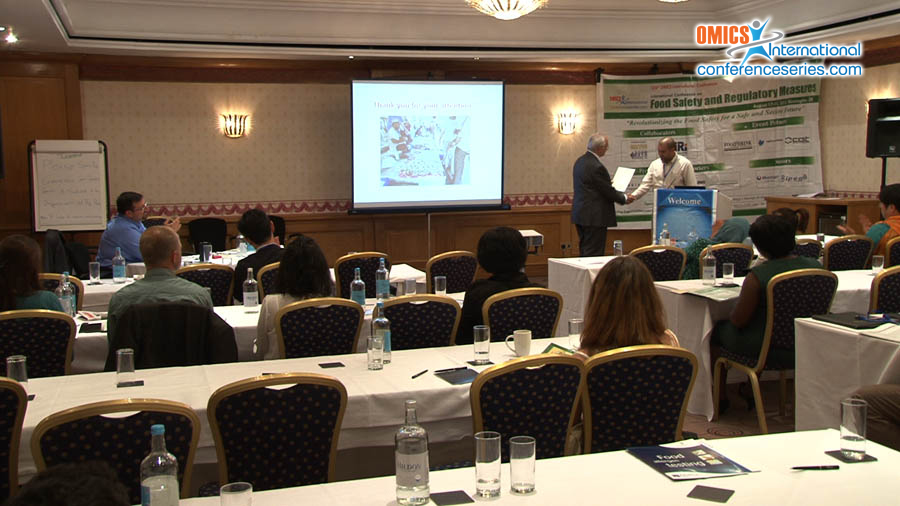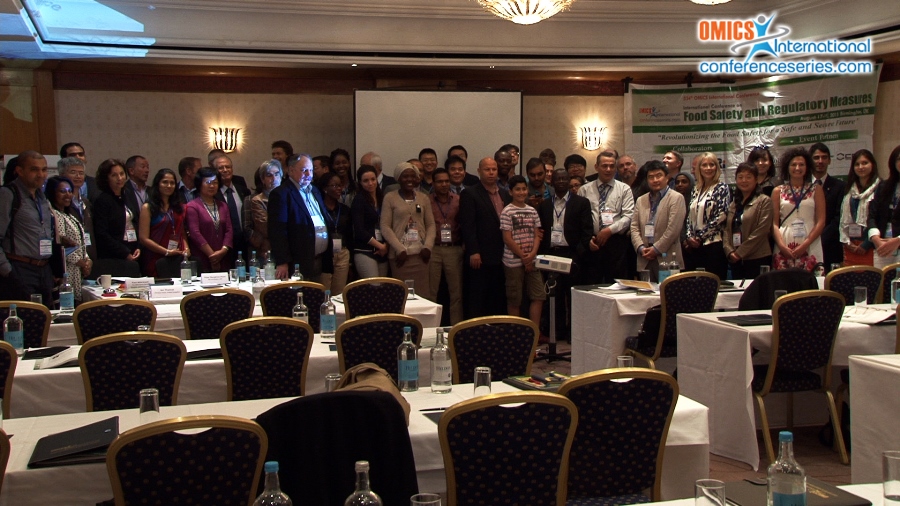
Mohammed H. AlRizeiqi
University College Dublin
Republic of Ireland
Title: Assessing the benefits of traceability system to the Omani seafood Industries
Biography
Biography: Mohammed H. AlRizeiqi
Abstract
Traceability system for Omani seafood industries are assessed for the process design, compliance to seafood law, qualitative and quantitative cost benefit analysis CAB. The selected industries are the largest in term of supply, process, employment and value. The increased prevelance of food scandals in the recent years has led to increased attention on food traceability to find ways to protect human, animal health and avoid adulteration. An infected/contaminated product recall and market withdraw are costly for firms and governmental reputation. Safe seafood becomes a major choice for many consumers around the globe. Under such circumstances, a seafood traceability system can be an innovative method to develop consumer’s confidence in the fisheries products. However, the economical benefits of a traceability system is still not clear for producers, distributors, retailers and policy in many newly developing emerged markets.
Oman is rich in fisheries resources. The country has around 3,165 km long coastline with an exclusive economic zone area of 300,000 km2 from Strait of Hormuz in the North (Governorate of Musandam) to the border with Republic of Yemen in the South (Governorate of Dhofar). The annual fish export was in the range of 120 thousand metric tons of fish and seafood. The country has entered to the valued EU markets since 1986. In the last ten years, the country lost most of it’s share in the Eurpoean market due to many legal and technical issues in the process value chain. However, the study is useful for practitioner, buisinesses and policy makers regarding the perceived benefits of traceability in the Omani fish supply chain. The Net Present Value NPV is calculated for Oman Fisheries Co. and the value indicates a wider benefit from the implementation of integrated traceability system. Seafood traceability is analyzed using both statistical and financial tool models. The Net Present Value (NPV) was calculated for 5 and 10 years traceability Implementation. The Internal Rate of Return (IRR) was calculated based on the 2% discount rate ( r=2%) for the 10 years period of implementation. Both qualitative and quantitative results showed an extra impact of traceability to the export of fisheries product from Oman to the EU markets.


